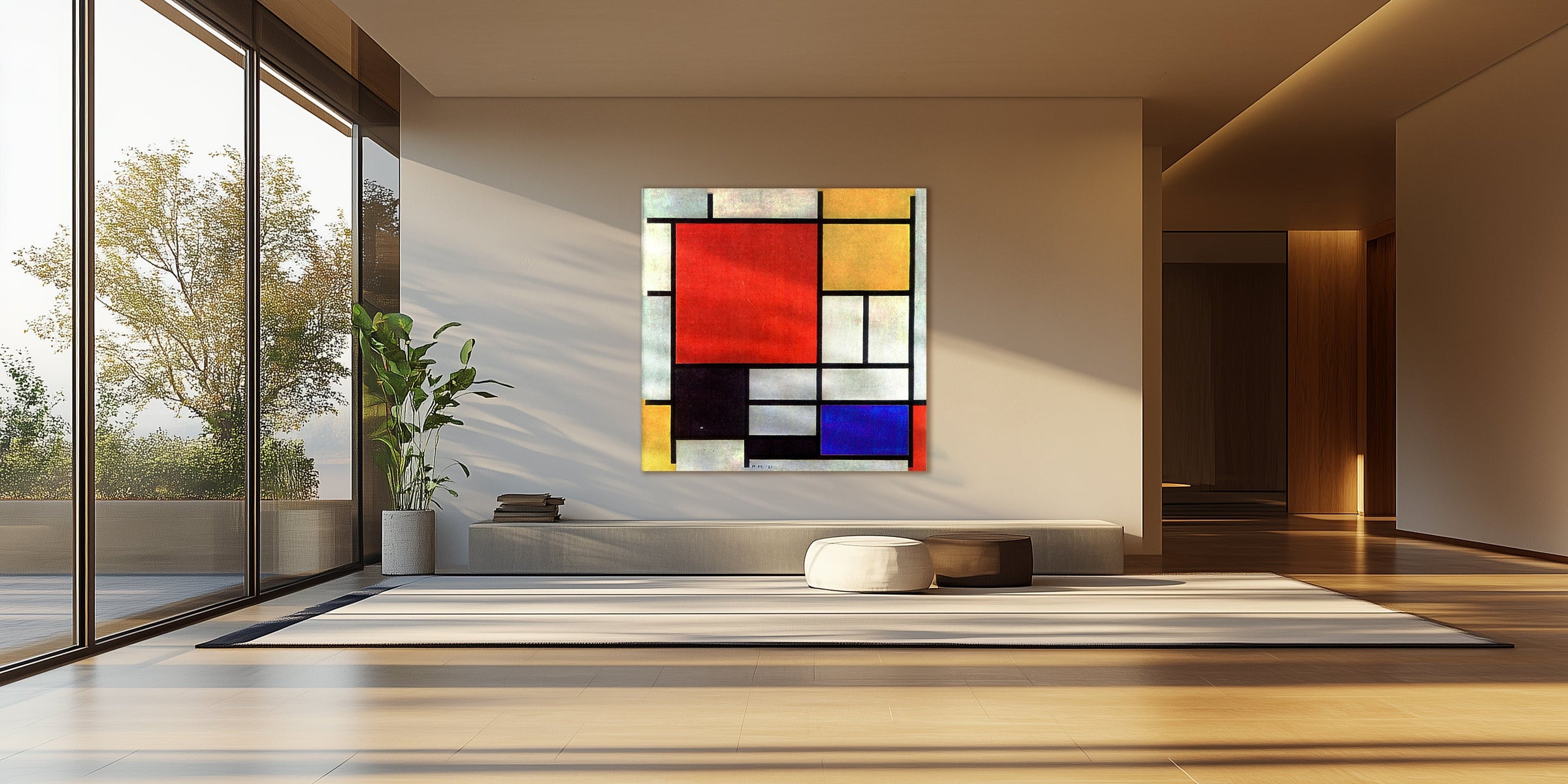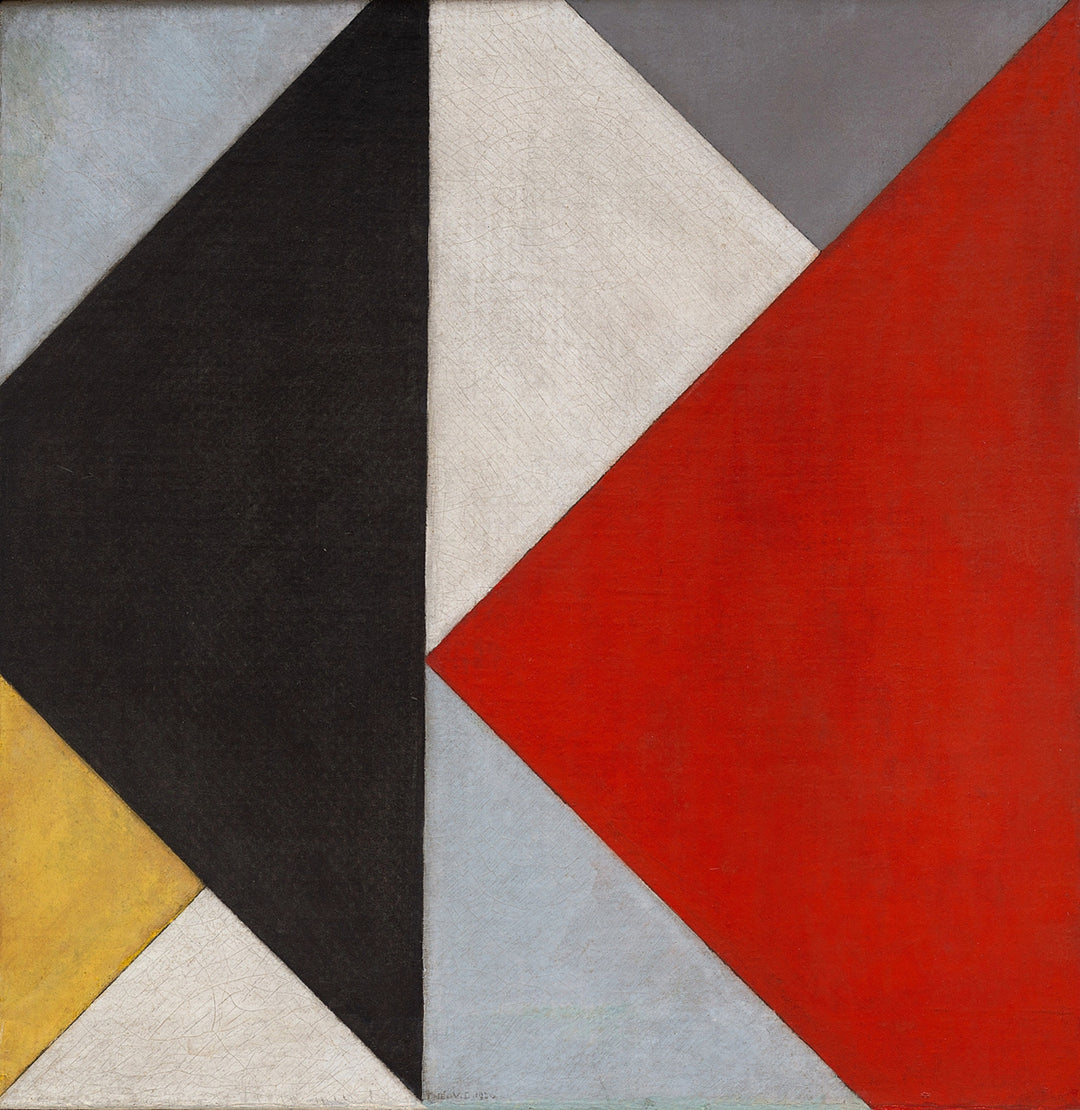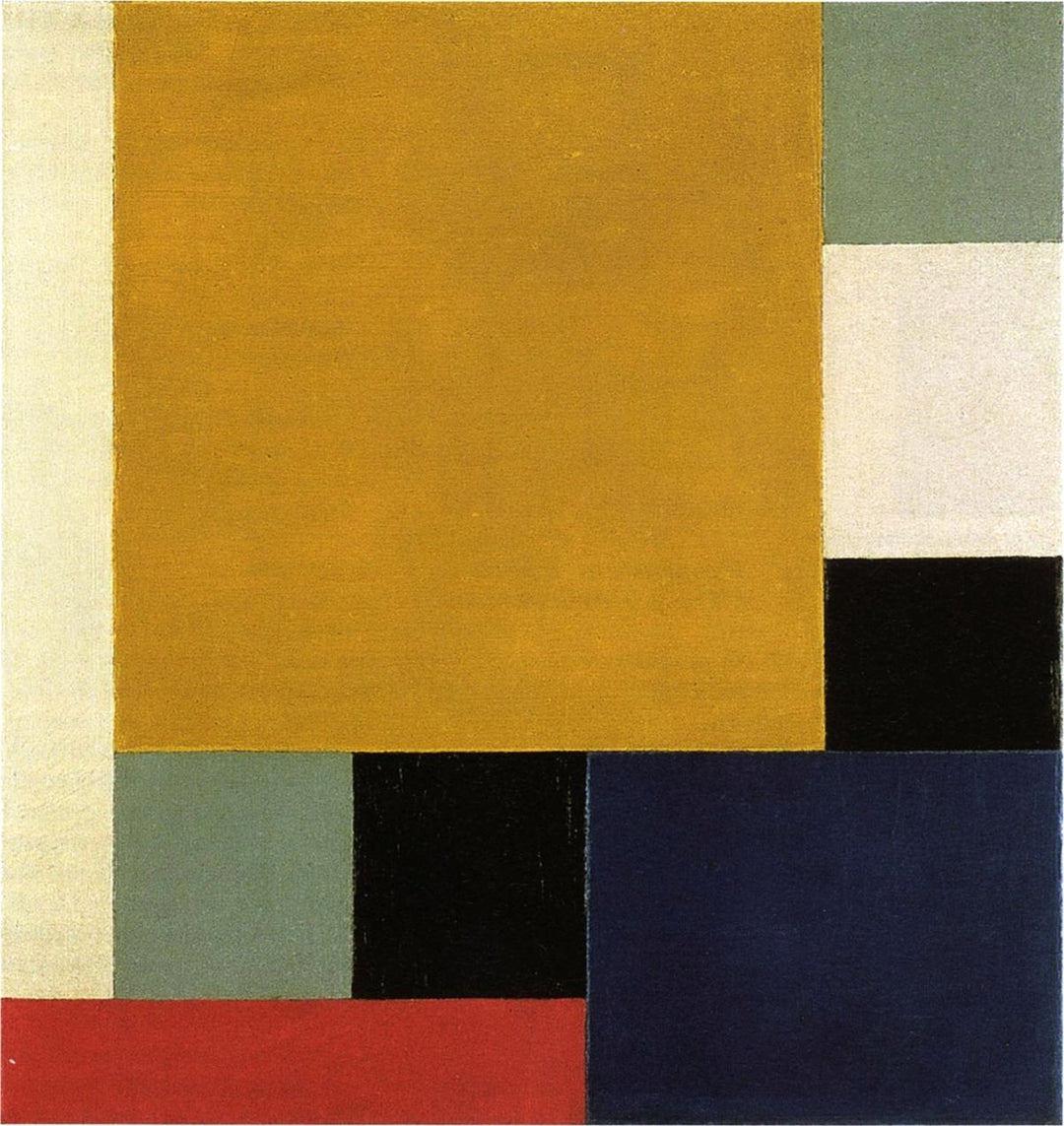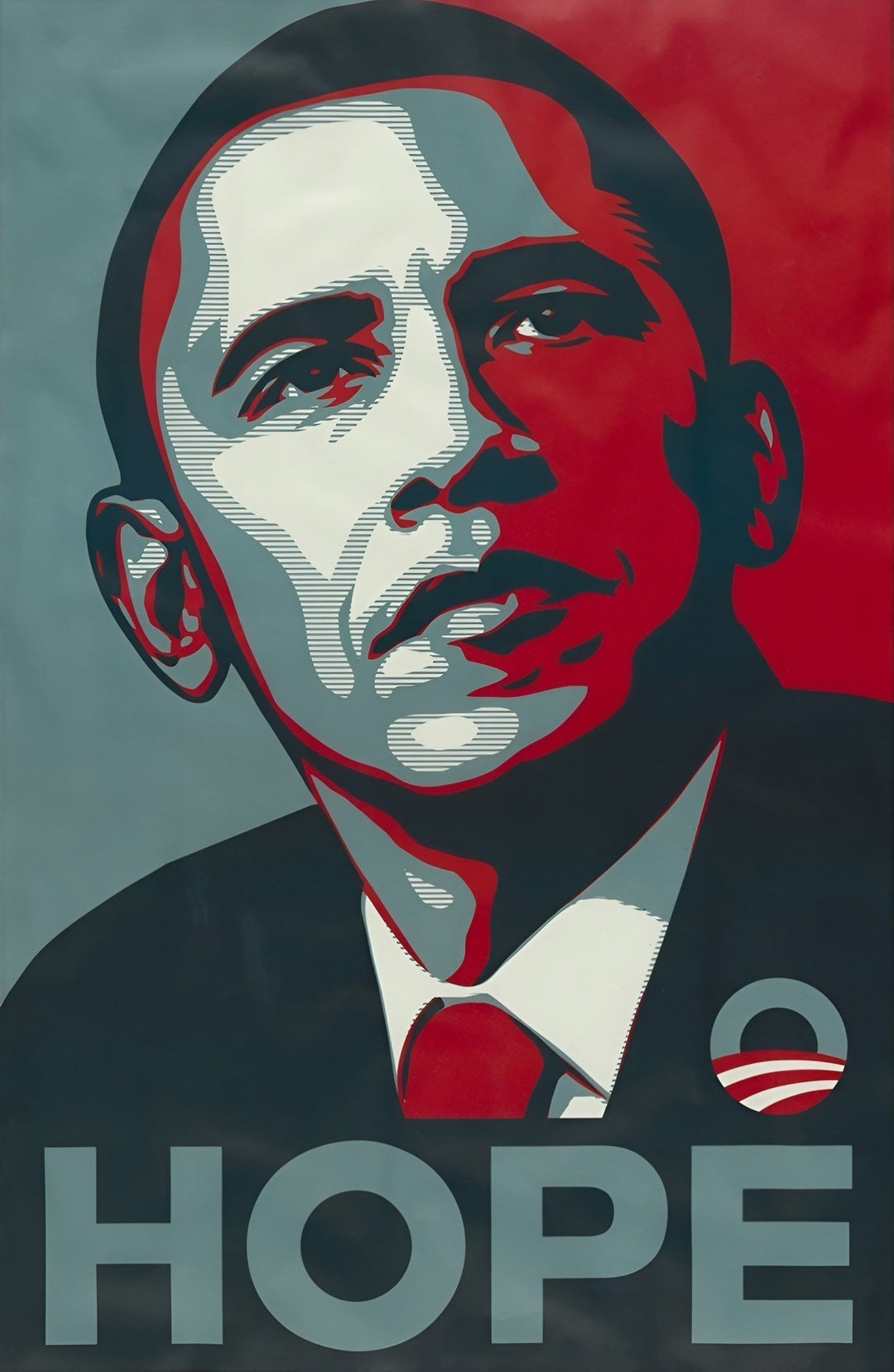
Constructivism
Constructivism, originating from post-revolutionary Russia in 1917, represented a radical break with traditional conceptions of art, proposing a fusion of technique and aesthetics that responded to the needs of modern society. Deeply influenced by cubism and futurism, this movement emphasized geometric abstraction and the use of industrial materials, moving away from figurative art and seeking practical utility in each creation.
One of the most outstanding works of Russian constructivism is Beat the Whites with the Red Wedge! by El Lissitzky, which uses simple geometric shapes and intense colors to communicate a strong political message, exemplifying the union between art and propaganda. This avant-garde approach not only impacted visual arts but also inspired movements in architecture and graphic design, influencing the development of the Bauhaus and the international style in the following decades.
In Germany, Constructivism took on a slightly different form, often referred to as German Constructivism, in which artists such as Heinrich Hoerle embraced a more humanistic and critical view of contemporary society. Hoerle was a co-founder of the group "Stupid" and later founded what could be regarded as its “successor,” the group of artists known as the "Cologne Progressives." These German variants of Constructivism were distinguished by compositions that, although less politicized than their Russian counterparts, questioned alienation and dehumanization in post-industrial society.
Hoerle's work is particularly notable for his series of collages and graphics that combine geometric precision with subtle irony, reflecting the tensions and contradictions of the time. These works underline how constructivism, though born in Russia, found regional variants that adapted its principles to local contexts and concerns.
This cultural movement was more than just an aesthetic; it was a response to rapid modernization and global socioeconomic changes. From Russia to Germany, Constructivist artists not only reformed artistic production methods but also attempted to reshape social perception through art. This legacy remains evident across various disciplines, demonstrating that art, when united with function, can play a vital role in shaping new cultural and political realities.







